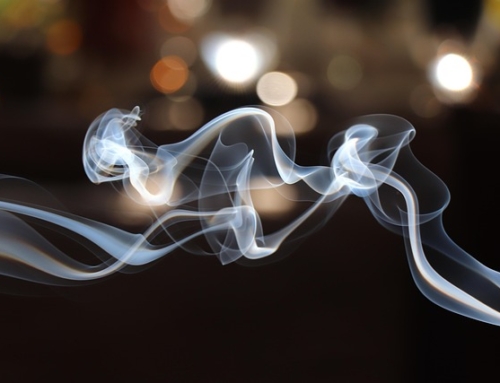A wave brush is generally used by African Americans or for thick and frizzy hair. The brush smooths the cuticle of your hair to create amazing waves (Read more: How to get waves). The result is sleeker, softer and more manageable hair. The ergonomic shape enables the brush to hug your scalp to train your hair to form sensational waves. The oils in your hair are distributed by the bristles along each strand to help prevent a frizzy appearance.
The brush is moved around your head in the same direction as your hair growth. The brushes come in different versions. A paddle is great for coarse, thick and long hair. Vented brushes work well with a blow dryer. The double sided brushes have both soft and hard bristles for different types of waves. The bristles are softer than a regular brush and are usually made from boar bristles. These bristles are kinder to your hair and will not snag, pull or cause any damage.
A short haircut is necessary for short waves. This being said, there must be enough length where your scalp cannot be seen. Begin by brushing your hair for two full minutes then moisturize your hair. Take a washcloth and run it under hot water, then squeeze out the excess water. Use the washcloth to wipe the hair on the top, back and sides of your head. You may find this easier to do while in the shower.
Locate the crown of your head and the pattern of your hair growth. Brush your hair in an outward direction in a wave for fifteen to twenty strokes. Continue this process for fifteen to twenty minutes. Take a wave cap, place it on your head and leave it for thirty minutes. Remove the wave cap and brush your hair again. You can further train your hair and keep your waves in place by sleeping with a du-rag on your head.
It is important to note you will not immediately see waves. It can take as long as six weeks to train your hair. You can encourage the growth of waves in your hair by regularly repeating this process. If you wash your hair too often you will disturb your hair’s wave pattern. You can encourage long waves by continuing this process until your hair reaches your desired length.
The difference between a soft and hard wave brush are the bristles. None of these brushes are exceedingly hard, but both hard and soft bristles are available. You are probably better off choosing a wave brush with soft bristles because hard bristles can leave irritations on your scalp. If you choose a hard brush for longer hair, make certain you do not use a lot of pressure or you can snap, damage and pull your hair.
When used correctly, hard brushes achieve excellent waves because your hair will be held in place better than with a soft brush.
Got it? Good, then get your waves on!


